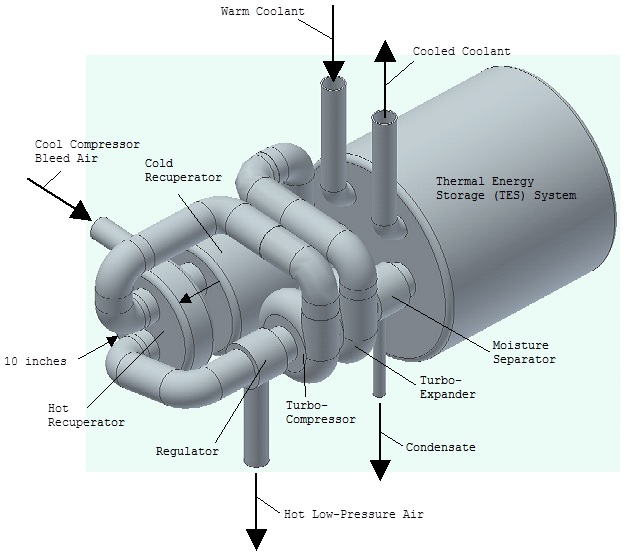Figure 1. Our High-Efficiency Air Cycle Machine (HEACM) for Cooling Aircraft Lasers
Under a Phase I SBIR contract with the Air Force Research Laboratory (AFRL), we developed a High-Efficiency Air Cycle Machine (HEACM) for removing large amounts of waste heat from aircraft with negligible impacts on signature and aerodynamic performance. Our HEACM absorbs heat from aircraft thermal loads, including a Thermal Energy Storage (TES) system that absorbs and stores heat from the cooling system of a High Energy Laser (HEL). Low-pressure air that is bled from the compressor of the gas-turbine engine drives our HEACM, so our HEACM consumes no electrical power. The only heat rejection from our HEACM is a flow of hot air that is rejected to the exhaust of the gas-turbine engine, so our HEACM has negligible impacts on signature and aerodynamic performance. Our HEACM achieves a high Coefficient Of Performance (COP), so the compressor-bleed flow accounts for only a small power draw from the gas-turbine engine. In Phase I, we will generated a preliminary design of our HEACM and projected its performance. In Phase II, we will build and demonstrate a subscale prototype HEACM. In Phase III, we will demonstrate our prototype HEACM on a compatible aircraft with a suitable directed energy system or surrogate heat source.
Under a Phase I SBIR contract with the Air Force Research Laboratory (AFRL), we developed a High-Efficiency Air Cycle Machine (HEACM) for removing large amounts of waste heat from aircraft with negligible impacts on signature and aerodynamic performance. Our HEACM absorbs heat from aircraft thermal loads, including a Thermal Energy Storage (TES) system that absorbs and stores heat from the cooling system of a High Energy Laser (HEL). Low-pressure air that is bled from the compressor of the gas-turbine engine drives our HEACM, so our HEACM consumes no electrical power. The only heat rejection from our HEACM is a flow of hot air that is rejected to the exhaust of the gas-turbine engine, so our HEACM has negligible impacts on signature and aerodynamic performance. Our HEACM achieves a high Coefficient Of Performance (COP), so the compressor-bleed flow accounts for only a small power draw from the gas-turbine engine. In Phase I, we will generated a preliminary design of our HEACM and projected its performance. In Phase II, we will build and demonstrate a subscale prototype HEACM. In Phase III, we will demonstrate our prototype HEACM on a compatible aircraft with a suitable directed energy system or surrogate heat source.
